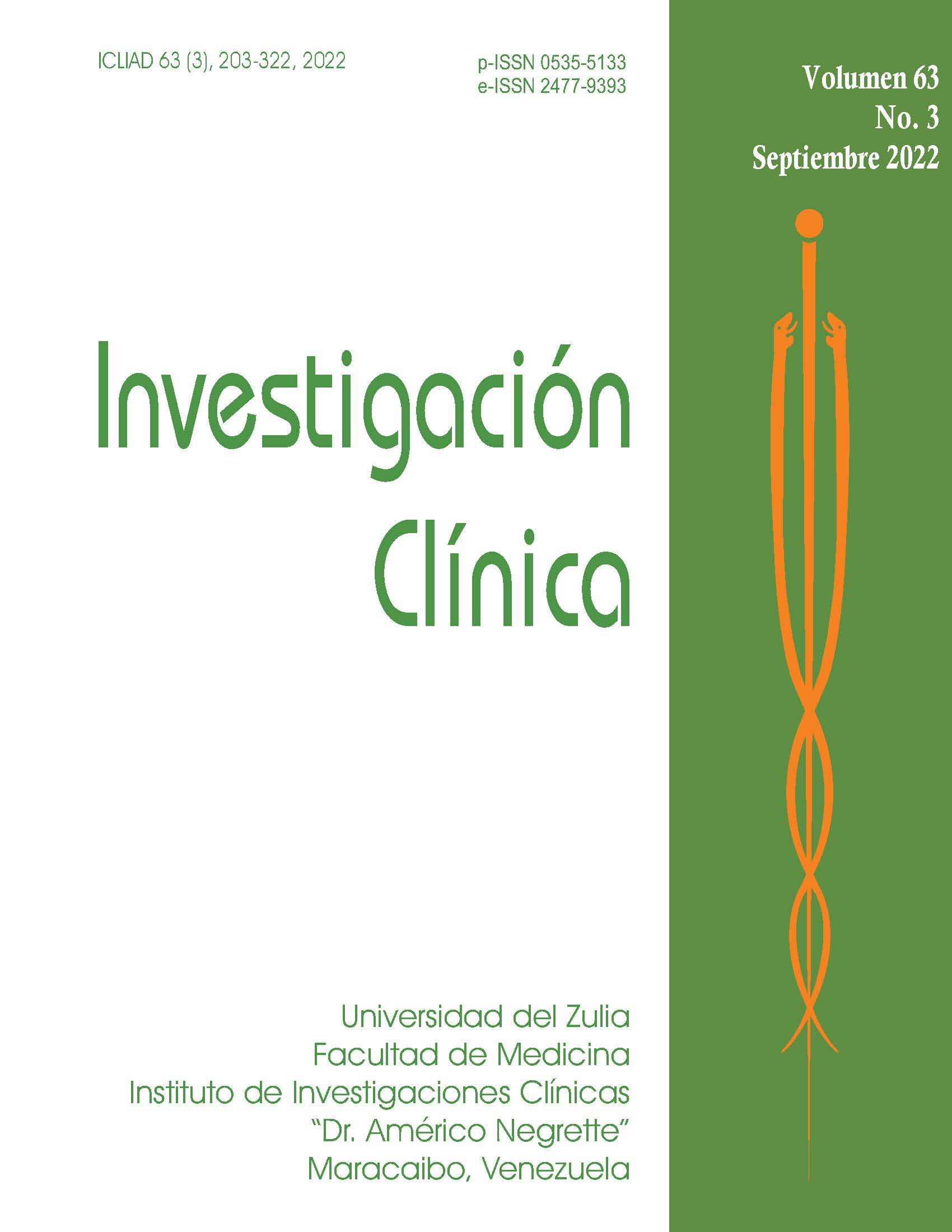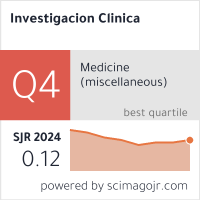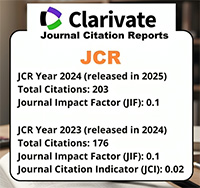Analysis of high risk factors for complications in the trial of vaginal delivery due to uterine scarring in a subsequent pregnancy to a cesarean section.
Análisis de factores de alto riesgo para complicaciones en el trabajo de parto vaginal debidas a cicatrización uterina en un embarazo posterior a una operación cesárea.
Abstract
The purpose of this work was to analyze the high-risk factors of complications in the trial of vaginal delivery of a subsequent pregnancy for scar uterus after a previous cesarean. 136 pregnant women with scar uterus with a history of cesarean who were admitted to our obstetrics department from February 2016 to March 2019 were selected and were divided into a successful group and a failed group according to the results of pregnancy and trial of labor vaginal delivery. General data of before, during, and after delivery were collected and the high-risk factors for failed vaginal delivery of scar uterine were analyzed by the logistic regression analysis. Among the 136 patients, 108 cases (79.41%) of vaginal trials were successful, and 28 cases (20.59%) of vaginal trials faired. The univariate analysis showed that the differences in gravidity, parity and the previous cesarean interval, vaginal birth history, prenatal BMI, uterine contraction, gestational age, infant weight, dilatation of the cervix, cervical Bishop score, the height of the fetal head, the thickness of the lower uterus, and whether the membranes were prematurely ruptured were statistically significant (P<0.05). Logistic regression analysis showed vaginal birth history, prenatal BMI ≥ 30 kg/m2, parity ≥ 2 times, cesarean interval <2 times, dilatation of cervix ≥ 1 cm, the height of the fetal head ≥ -3, premature rupture of the membrane and the thickness of the lower uterus of 3.0 to 3.9 cm were the high-risk factors of complications in the vaginal trial delivery of pregnancy again for scar uterus (P<0.05). It is feasible for pregnant women with scar uterus to undergo vaginal delivery, but many related factors can affect the failure of trial of labor. It is necessary to pay attention to all aspects of clinical examination and choose applications strictly according to the indications.
Downloads
References
Tamadon A, Park K H, Kim Y Y, Cheol Kang B, Yup Ku S. Efficient biomaterials for tissue engineering of female reproductive organs. Tissue Eng Regen Med 2016 ;13(5):447-454.
Patel M D, Maitra N, Patel P K, Sheth T, Vaishnov P. Predicting successful trial of labor after cesarean delivery: Evaluation of two scoring systems. J Obstet Gynaecol India 2018; 68(4):276-282.
Mirteymouri M, Ayati S, Pourali L, Mahmoodinia M, Mahmoodinia M. Evaluation of maternal-neonatal outcomes in vaginal birth after cesarean delivery referred to maternity of Academic Hospitals. J Family Reprod Health 2016; 10(4):206-210.
Rowe R, Li Y, Knight M, Brocklehurst P, Hollowell J. Maternal and perinatal outcomes in women planning Vaginal Birth After Cesarean (VBAC) at home in England: Secondary Analysis of the Birthplace National Prospective Cohort Study. BJOG 2016; 123(7):1123-1132.
Haq C. Remembrances and Reflections: global health, local needs, and one very special patient. Fam Med 2016; 48(1):64-65.
Baranov A, Gratacós E, Vikhareva O, Figueras F. Validation of the prediction model for the success of vaginal birth after cesarean delivery at the university hospital in Barcelona. J Matern Fetal Neonatal Med 2017;30(24):2998- 3003. doi: 10.1080/14767058.2016.1271407. Epub 2017 Jan 4.
Baranov A, Salvesen KA, Vikhareva O. Validation of prediction model for successful vaginal birth after cesarean delivery based on a sonographic assessment of hysterotomy scar. Ultrasound Obstet Gynecol 2018; 51(2):189-193.
Clapp MA, Barth WH. The future of cesarean delivery rates in the United States. Clin Obstet Gynecol 2017; 60(4):829-839.
Faucher M A. Updates from the Literature, September/October 2017. J Mid Women’s Health, 2017, 62(5):620-624.
Zafman K B, Stone J L, Factor S H. Trends in characteristics of women choosing contraindicated home births. J Perinat Med 2018; 46(6):573-577.
Grisaru-Granovsky S, Bas-Lando M, Drukker L, Haouzi F, Farkash R, Samueloff A, Ioscovich A. Epidural analgesia at the trial of labor after cesarean (TOLAC): a significant adjunct to successful vaginal birth after cesarean (VBAC). J Perinat Med 2017; 46(3):261-269.
Németh G, Molnár A. Vaginal birth after cesarean section in light of international opinions. Orv Hetil 2017; 158(30):1168-1174.
Committee on Practice Bulletins-Obstetrics. Practice Bulletin No. 184: Vaginal Birth After Cesarean Delivery. Obstet Gynecol 2017; 130(5):e217-e233.
Morton M, Fredericks Ch, Yon R, Nagy K, Bokhari Faran. Damage control laparotomy for uterine rupture following attempted vaginal birth after cesarean. Am Surg 2016; 82(7): 140-141.





















